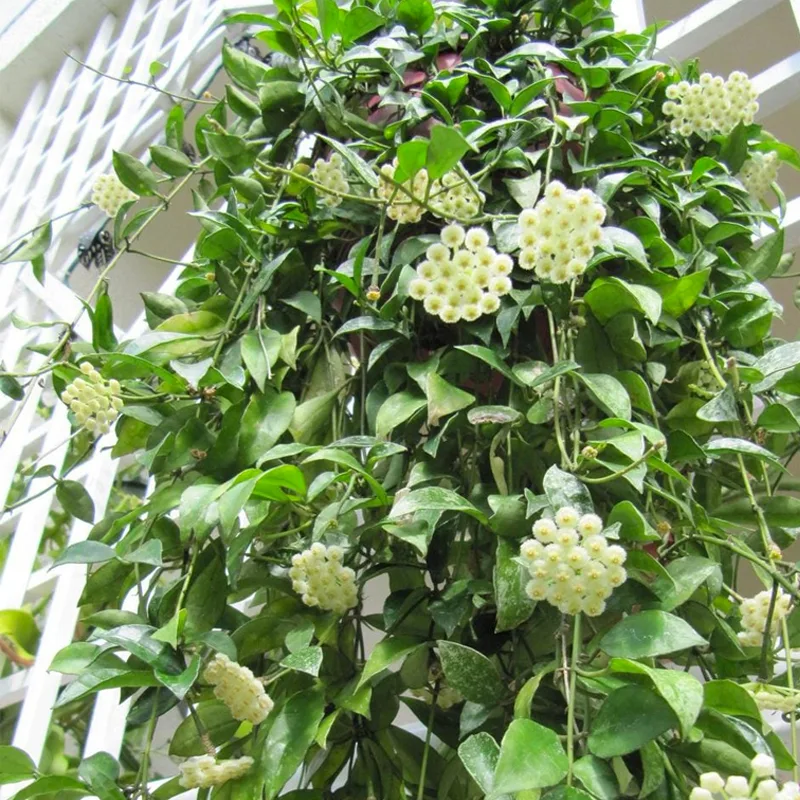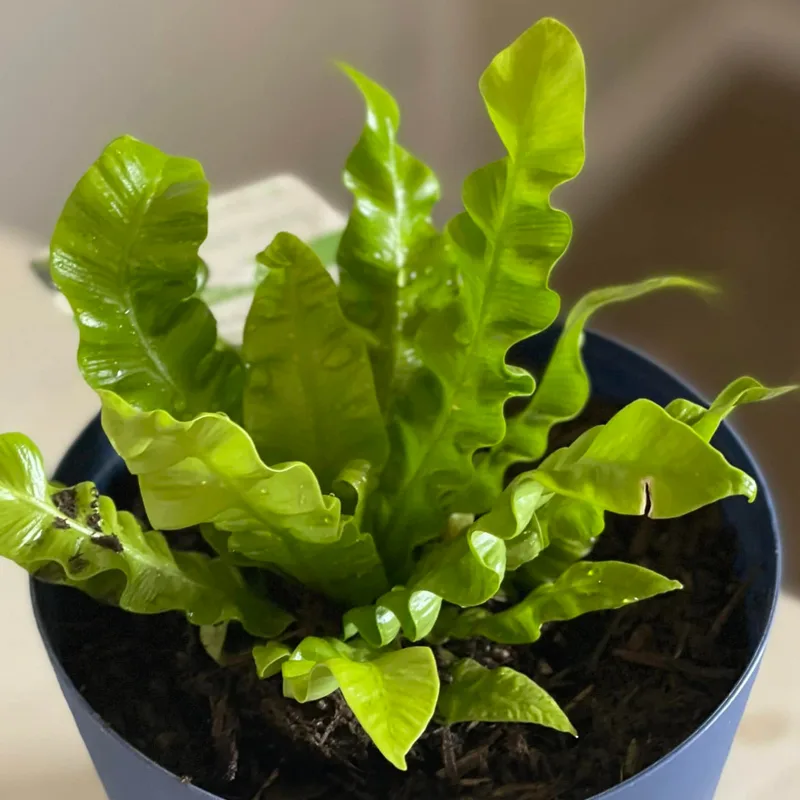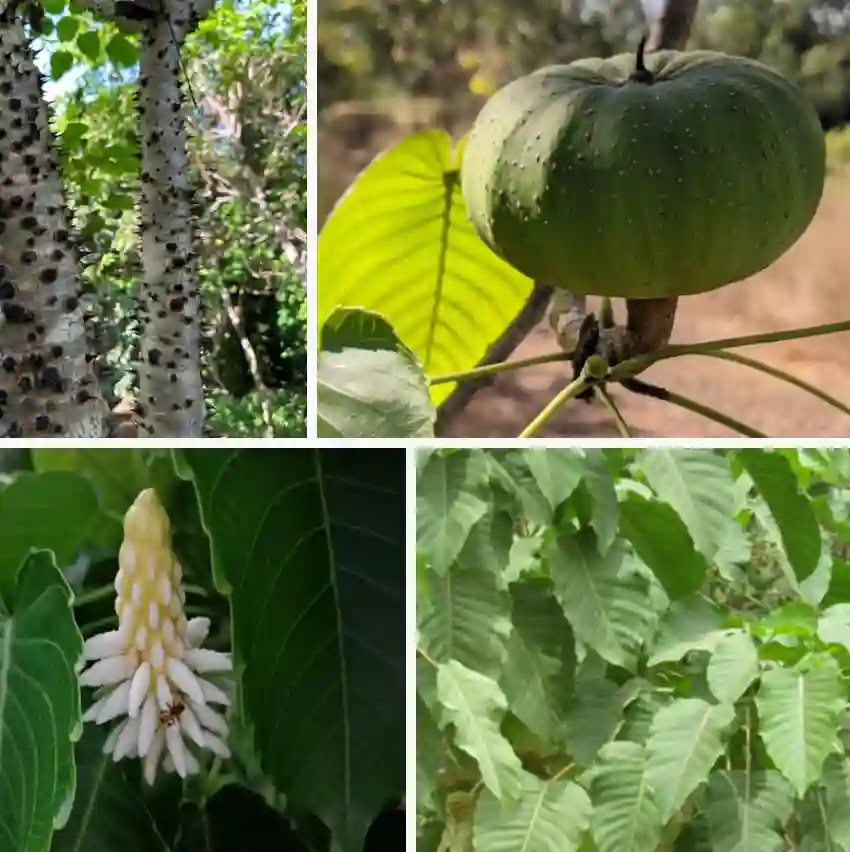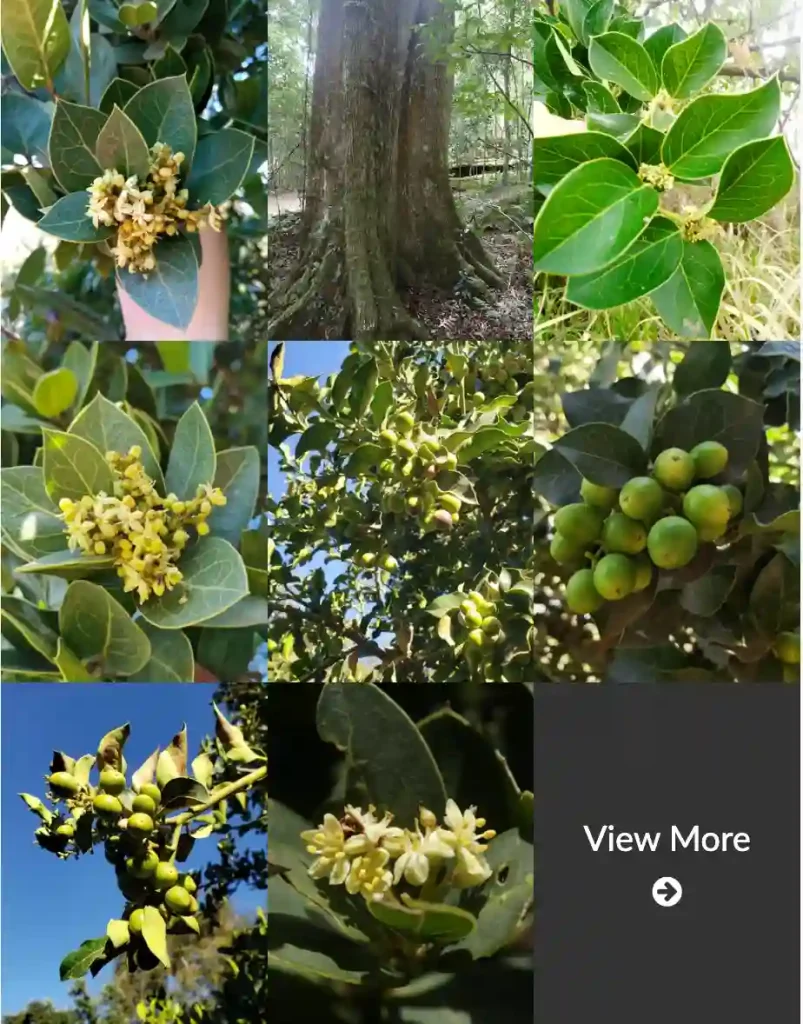Exploring the Stegnospermataceae Family: A Personal Journey
As a plant enthusiast, I’ve always been fascinated by the diversity of plant families and their unique characteristics. One family that recently caught my attention is the Stegnospermataceae. This family, though relatively obscure, offers a glimpse into the intricate web of life on our planet. The sole genus within this family, Stegnosperma, is noteworthy for its distinctive features and ecological significance. In this article, I’ll share my insights and experiences with the Stegnospermataceae family, and explore why it deserves a spot in the spotlight.
What is the Stegnospermataceae Family?
The Stegnospermataceae family consists of flowering plants, primarily represented by the genus Stegnosperma. These plants are often found in tropical regions, showcasing unique adaptations that help them thrive in diverse environments. As I delved deeper into this family, I discovered that its members are not just visually appealing; they also play a crucial role in their ecosystems.
The Genus Stegnosperma: A Closer Look
Stegnosperma is the only genus within the Stegnospermataceae family. One of its most notable species is Stegnosperma halimifolium, commonly known as the golden seed. This plant stands out due to its bright yellow seeds and is a fascinating example of how plants can evolve to attract specific pollinators.
While studying this genus, I found it intriguing how Stegnosperma has adapted to its environment. The leaves are often thick and succulent, helping the plant conserve water in arid conditions. I observed that the plant’s growth habit varies widely, from sprawling forms to more upright structures, depending on the species and its habitat.
Habitat and Distribution
Stegnosperma species are primarily found in tropical and subtropical regions. Their ability to adapt to different soil types and climates allows them to thrive in various environments. During my travels, I encountered Stegnosperma in coastal areas and dry, sandy soils, where they seemed to flourish despite harsh conditions. It’s a testament to their resilience and adaptability.
The ecological role of Stegnosperma cannot be overstated. These plants are often integral to their ecosystems, providing food and habitat for various organisms. I’ve witnessed how their flowers attract pollinators, including bees and butterflies, playing a crucial role in maintaining biodiversity. Observing this interaction deepened my appreciation for the interconnectedness of life.
Cultural Significance of Stegnosperma
Beyond their ecological importance, plants in the Stegnospermataceae family hold cultural significance in some regions. Local communities often utilize these plants for medicinal purposes, showcasing their value beyond mere aesthetics. I remember visiting a local market where herbalists touted the benefits of Stegnosperma extracts, claiming they could alleviate various ailments. This intersection of botany and traditional medicine is something I find particularly compelling.
Conservation Concerns
Despite their intriguing characteristics, the conservation status of Stegnosperma species is a concern. Habitat destruction and climate change threaten their survival, as with many plants in the tropics. As I learned more about these issues, it became clear that preserving the Stegnospermataceae family is vital not only for its members but also for the ecosystems they inhabit.
I believe that raising awareness about lesser-known plant families like Stegnospermataceae can help promote conservation efforts. By sharing my experiences and knowledge, I hope to inspire others to appreciate the beauty and significance of these plants.
How to Cultivate Stegnosperma
If you’re interested in growing Stegnosperma, there are a few key considerations. These plants generally prefer well-drained soil and plenty of sunlight. I’ve found that regular watering is essential, especially during their growing season. However, it’s crucial not to overwater, as this can lead to root rot.
One of the most rewarding aspects of cultivating Stegnosperma is watching their growth and development. The leaves unfurl in vibrant hues, and the flowers emerge, showcasing their beauty. With patience and care, these plants can thrive in a home garden, bringing a touch of tropical allure to any space.
Conclusion: Embracing the Diversity of Life
The Stegnospermataceae family, with its sole genus Stegnosperma, is a testament to the diversity of plant life on our planet. Through my journey exploring this family, I’ve gained a deeper understanding of their ecological importance, cultural significance, and the challenges they face. As we continue to navigate a world facing environmental changes, I believe it’s essential to celebrate and protect the rich tapestry of life, including the lesser-known families like Stegnospermataceae. Let’s embrace this diversity and work together towards a more sustainable future for our planet and its inhabitants.
If i die, water my plants!



